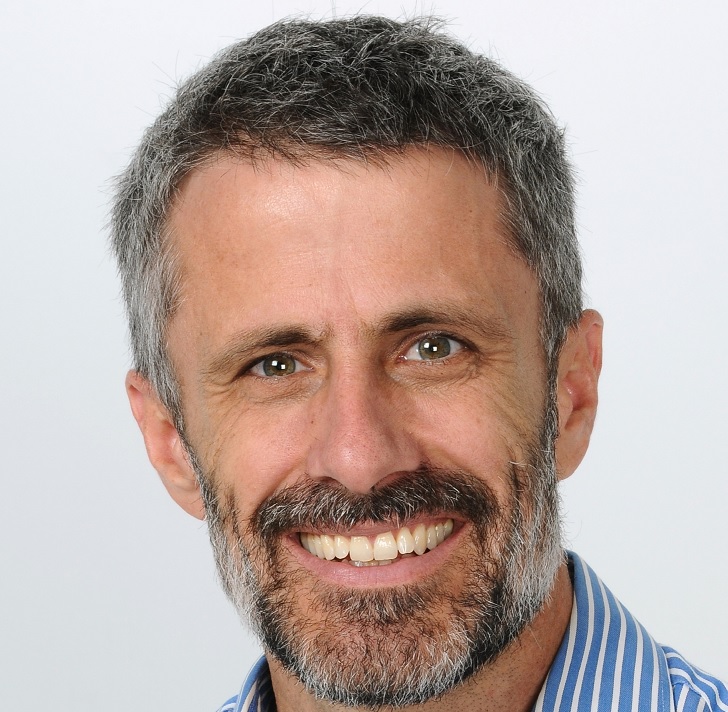
Project Summary:
Stroke is the second leading cause of death and leading cause of adult disability in Australia. Although there have been a number of important treatment advances in the last few years, many patients continue to die or be left significantly disabled by stroke. During a stroke there is loss of blood supply to part of the brain. Brain cells in this area often emit electrical and chemical discharges which increase their energy requirements, just at the time when these energy sources (in the form of oxygen and glucose) have decreased. This may result in a cascade of molecular events that hastens the death of the brain tissue. Manipulating aspects of this cascade may provide an opportunity to protect brain tissue and reduce injury (neuroprotection). The aim of this project is to investigate how changes in the signaling protein CaMKII (Calcium-calmodulin stimulated protein kinase II) can alter stroke-induced brain cell death.
Work of ourselves and others indicates that CaMKII activity is a major determinant of brain cell death after stroke. A critical target of CaMKII may be part of the receptor for the main excitatory chemical in brain, known as the glutamate receptor type I (GluR1). Our group have recently identified two potential targeting pathways by which CaMKII may regulate GluR1 through a process known as phosphorylation. Using a genetically modified mouse that lacks one of these targeting pathways, this project will determine the relative importance of the two targeting pathways in determining stroke susceptibility of brain. We and others have shown that the targeting pathways control not only activity, but also location within the cell. If our hypothesis for the role of these pathways in stroke injury is proven, manipulation of these pathways with medication could therefore provide a tolerable means to improve outcome for stroke patients.



 The Brain Foundation is the largest, independent funder of brain and spinal injury research in Australia. We believe research is the pathway to recovery.
The Brain Foundation is the largest, independent funder of brain and spinal injury research in Australia. We believe research is the pathway to recovery.